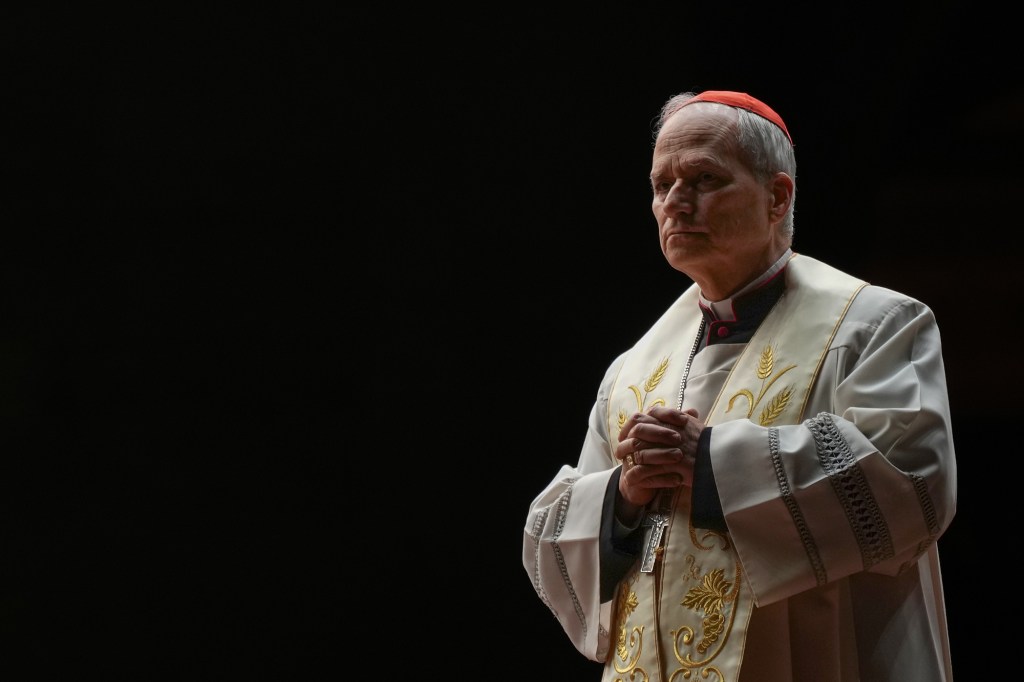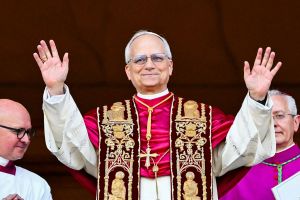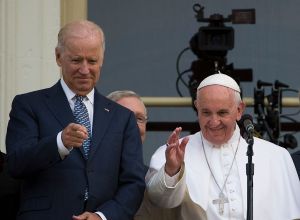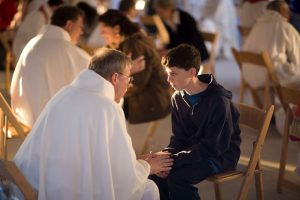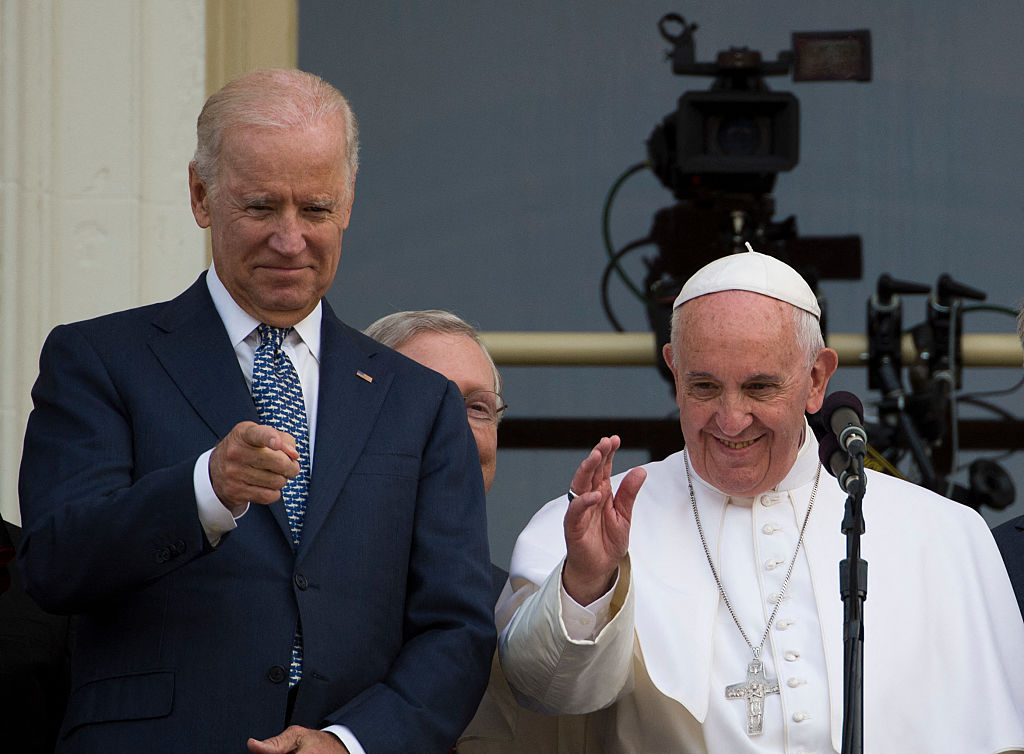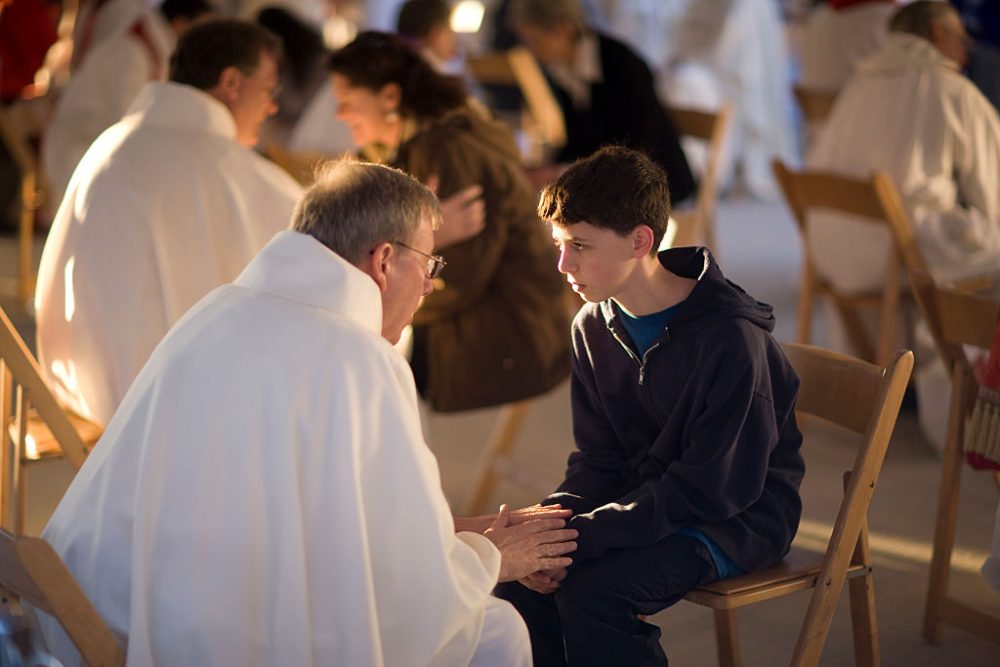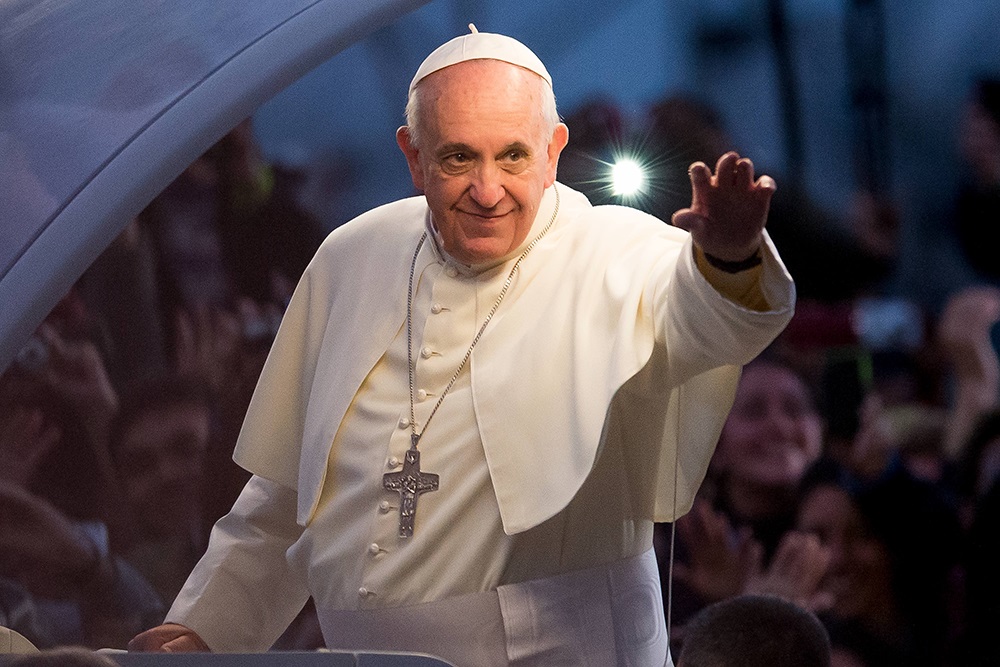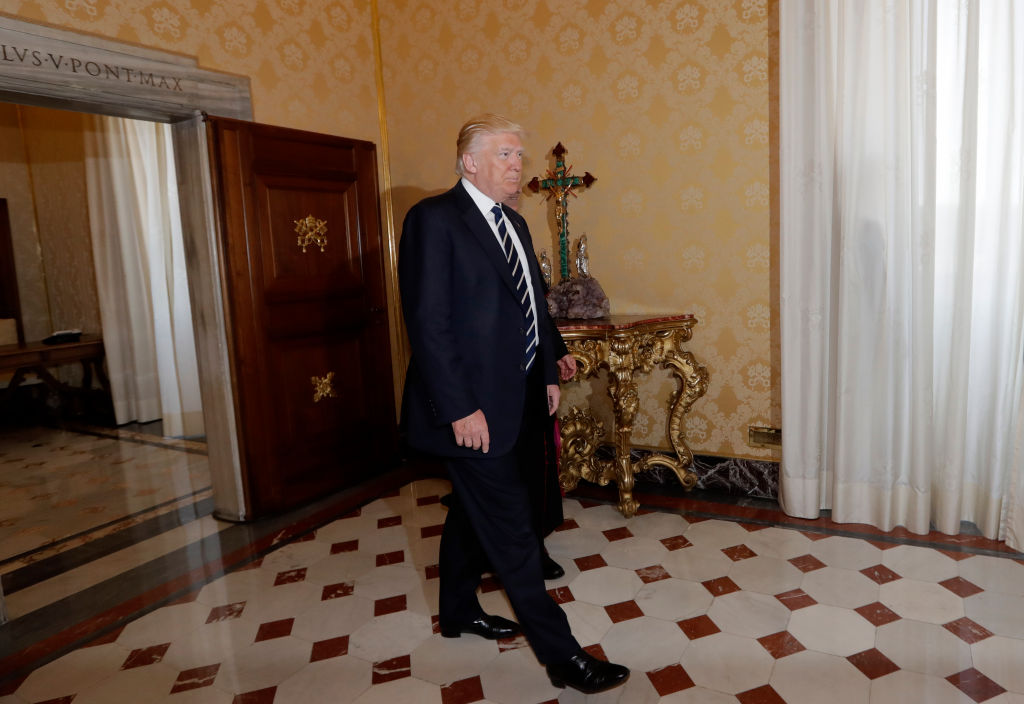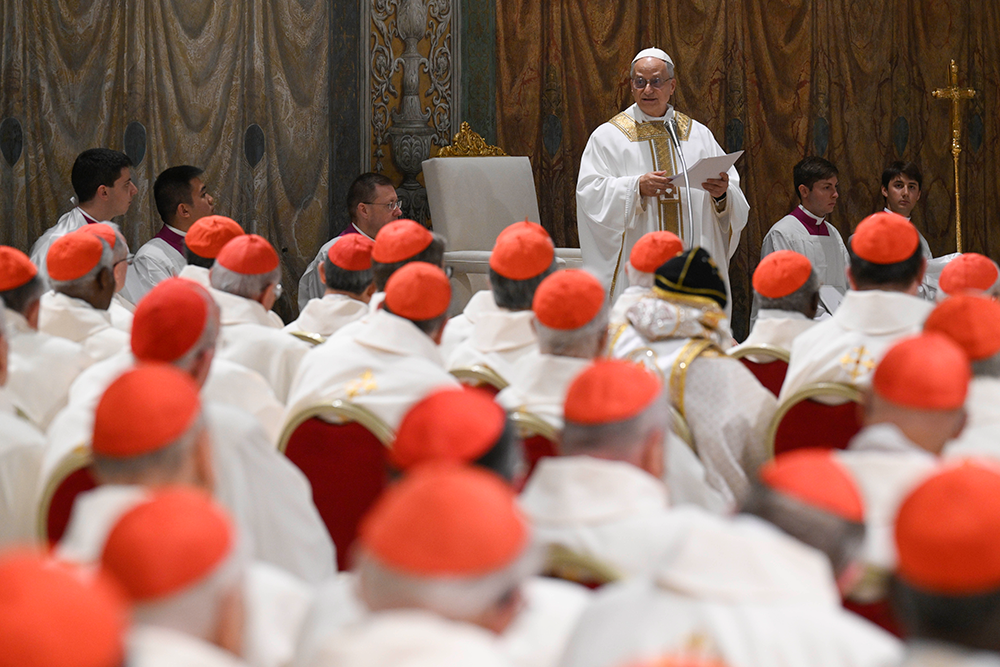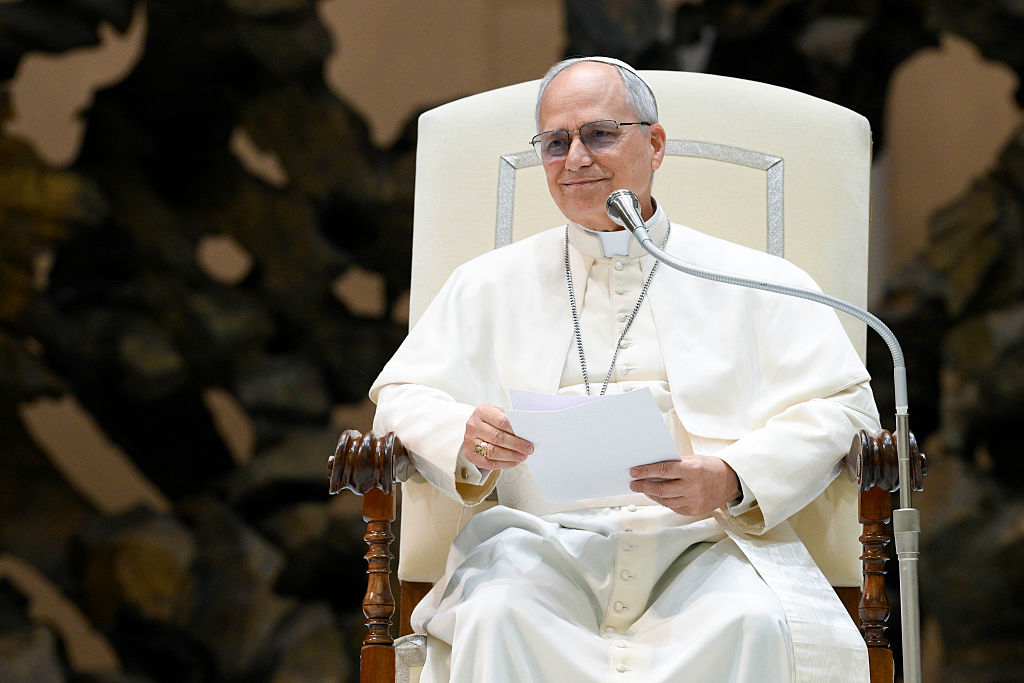The numbers, as the saying goes, don’t lie. And heading into the conclave two days ago, anyone who could count had reason to expect a pope at least in the mould of Pope Francis, who appointed the majority of the cardinal electors.
Even so, few predicted the first American Bishop of Rome to emerge in the person of Pope Leo XIV, formerly Cardinal Robert Francis Prevost – and the second pope in a row to arrive in Rome from South America.
The joy of the crowd in Rome was sincere, it always is, and its enthusiasm didn’t audibly dip or spike noticeably as his name was formally read out by the cardinal deacon with the famous words Habemus papam – it was already at fever pitch.
Romans, and Catholics everywhere, are conditioned to celebrate a new pope, whomever he may be and wherever he is from. Of the gang of four expected frontrunners to go into the conclave, Cardinal Prevost, as he then was, was probably the least familiar to the wider world. Neither a preeminent diplomat, nor a famously charismatic preacher, his most recent job was quietly advising the pope on the appointment of new bishops around the world, and policing their negligence when necessary.
Elected on the afternoon of the second day of voting, Leo’s election took as long as those of his two immediate predecessors, though unlike them he didn’t head into the Sistine chapel as an odds-on favorite.
Emerging on to the balcony, he delivered his first address and blessing pointedly name-checking the new era of a “synodal Church” which Francis set out to make his legacy, while repeatedly encouraging the thousand gathered in the square to look ahead “without fear” and build bridges to deliver the peace which is the promise of the Christian Gospel.
Pope Leo has, in this, set himself a difficult but necessary task.
The synodal Church he inherits is, under the surface, far from “united hand in hand” as he challenged it to be from the famous balcony.
Even as the cardinals were locked away in conclave, Church leaders in Germany were laying out their commitment to women’s ordination and church blessings for same-sex couples – the very issues which threatened to derail Francis’ synodal project, and which finally drew a firmly conservative “no” from the last pope.
Leo inherits, too, a fractured Vatican teetering on insolvency, which will need urgent, diligent and distinctly unpopular attention in the very near future, and will likely require the new pope to make stick the reforms which ultimately proved too much for Francis.
Looking out from the Church, the cardinals will have known exactly what they were doing electing to the chair of St Peter an American – one who has spent the bulk of his priestly and episcopal ministry in Peru – in the era of Trump
A quiet man by reputation, Leo is unlikely to make as many off-the-cuff remarks as his predecessor, nor is he likely to expend papal ink challenging directly J.D. Vance’s Twitter feed.
Nevertheless, his choice of name, Leo, is likely a nod to the author of Rerum novarum, the great work which created and defined what has become known as Catholic Social Teaching, and he’s likely to prove as equally strident a defender – though perhaps a more studied one – of migrants, refugees, and the global poor as Francis
But if that is so, the most important unknown about the new pope isn’t what he will teach but how he will govern. Francis tended to live by his own admonition to ‘make a mess.’
Leo will have the less glamorous but fascinating job of deciding how to tidy it up, bringing a measure of coherence to often contradictory papal laws and teachings. How he chooses to do so, what he delicately rolls back and what he decidedly doubles down on, will shape the Church for decades to come – conceivably for the next century.
All in, Pope Leo appears easily primed to be, if not Francis 2.0, at least Francis 1.5. After he is formally installed in the coming days, many Catholics will be looking to see if Leo intends to limit himself to debugging the system left by his predecessor, or aims to bring real upgrades to what has come before.



